Kenya
Following the terrorist attack on a hotel complex in the Kenyan capital, Nairobi, which cost up to 21 lives, authorities in the country are managing the aftemath, including conducting investigations, tweaking policy and policing coverage of the attack.
Al Shabaab, which claimed the attack on the dusitD2 hotel complex, has in the past launched several large-scale attacks on Kenya in recent years, including a 2013 assault on a shopping mall in the same neighbourhood as Tuesday’s attack.
Kenya angered the group in 2011 by sending in forces to create a buffer zone along the countries’ shared border.
Investigating possible local role
Investigators in Kenya are exploring the possibility that some of the militants may not have been ethnic Somalis.
Police, private security sources and local media reports have highlighted the involvement of a 26-year-old suspect identified in court documents as Ali Salim Gichunge, who was born and raised in central Kenya, as evidence of the group’s lure to some people outside its traditional strongholds.
“The government needs to look at (Gichunge’s) profile. How did he get to where he is?” said a private security official in Kenya, who asked not to be identified for operational reasons.
Those close to Gichunge said they were stunned when he appeared in CCTV footage of the attack toting an assault rifle and firing at a white car.
“I have a lot of questions that need answers just like everyone else,” said Gichunge’s sister, who was reached by phone in Mombasa. “I also saw him on TV, and we didn’t expect him to be there.”
The pair’s father is an officer in the Kenyan military, she told Reuters.
“It is inconceivable how the son of a military man can turn out to be a member of al Shabaab,” she said.
Arresting suspects
All five assailants were killed in Tuesday’s attack, the country’s president said in a televised address the next morning. Police said on Friday they had detained nine other suspects in connection with the incident.
Five of the suspects, one of them listed as a Canadian citizen, were taken to a magistrate’s court and ordered detained for 30 days. Two were taxi drivers and one was a mobile phone financial services agent, court documents said.
The others have not appeared yet. They could have been released or they may be brought before a magistrate on Saturday. Police can hold suspects for 24 hours and need a court order to extend this.
An officer who was not authorized to discuss the investigation publicly also told Reuters police were pursuing a woman suspected of ferrying weapons to Nairobi from Kiunga, near the border with Somalia, via the port city of Mombasa.
Al Shabaab, which is fighting to impose strict Islamic law, has in the past recruited some East Africans, including four Kenyans and three Ugandans who were charged in connection with a bombing in Uganda in 2010.
Arming private security guards
Authorities in Kenya announced on Friday that they would be arming private security guards manning public places, in the wake of the terror attack.
“Security guards especially in malls form the first line of defence against terrorists and other criminal elements. If we trust them with such establishment why not trust them with firearms?” explained Fazul Mahamud, who heads the Private Security Regulatory Authority.
He added that the process of licensing security guards to carry firearms while on duty, including training and fresh vetting would take up to six months.
Kenya vs New York Times
Kenya’s Media Council (MCK) on Thursday issued an ultimatum to the New York Times (NYT) over an ‘insensitive’ photo published in their coverage of the terror attack.
NYT had earlier defended its use of the photo showing bullet-riddled bodies slumped over desks in a resatuarant at dusitD2 hotel, saying they ‘sought to give readers a clear picture’.
“The MCK vehemently disagrees with your publication’s position that the objectivity of showing gory images of dead bodies from the attack is meant to give readers a clear picture of the horror of such acts,” the statement reads.
The Council issued a 24-hour ultimatum to NYT to pull down the image and issue an unreserved apology.
It set January 21 as the deadline, warning that ‘relevant action’ will be taken in the event that NYT fail to do so.
MCK, which sets standards for journalists working in Kenya, quoted its Act No.46 of 2013 Clause 10 (2) that states:
“Publication of photographs showing mutilated bodies, bloody incidents and abhorrent scenes shall be avoided unless the publication or broadcast of such photographs will serve the public interest.”




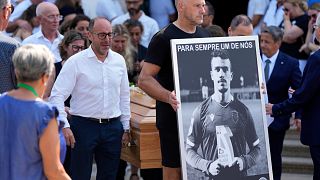
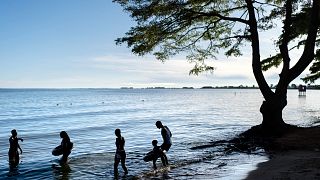
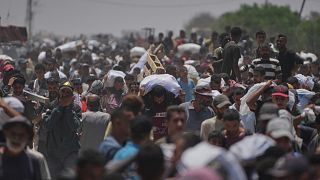
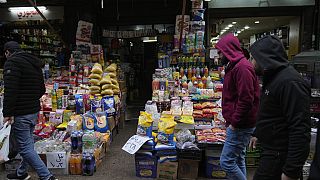
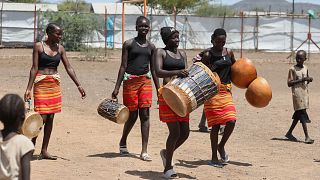
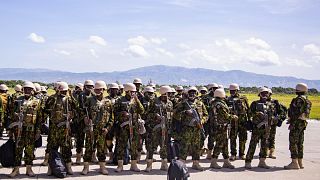
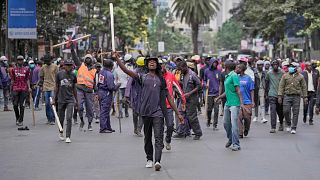

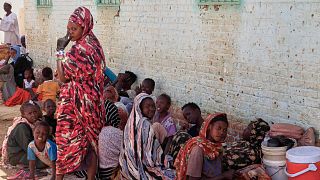
00:28
Nairobi hawker shot at close range by police declared brain dead
Go to video
Kenya's Interior minister accuses protesters of coup attempt after deadly demos
00:48
Death toll in Kenyan anti-government protests rises to 16, says rights group
01:13
17 soldiers killed as gunmen raid army bases in northern Nigeria
01:07
At least 120 children abducted by Al Shabab in northern Mozambique, HRW says
01:07
Kenya prepares for first anniversary of Finance Bill protests